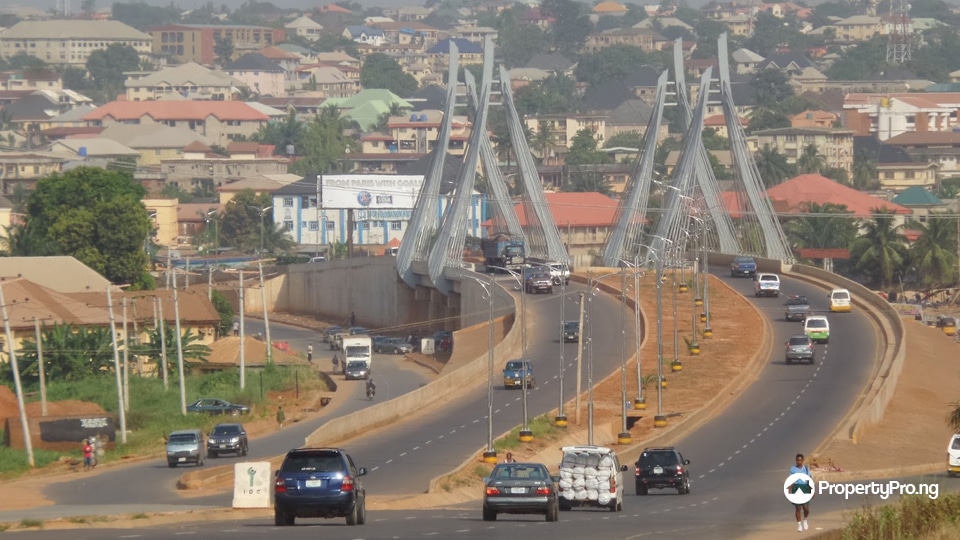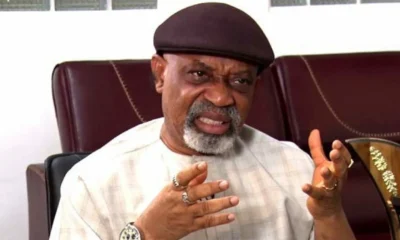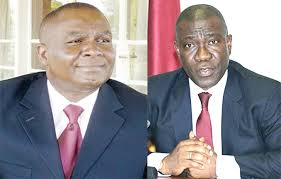Breaking News
BudgIT Rates Anambra Best-performing State, Lagos, Kwara, Abia, Edo Follow

Anambra State has emerged as Nigeria’s best-performing state in the 2025 Fiscal Performance Ranking, according to BudgIT’s State of States Report released on Tuesday.
The report, titled “A Decade of Subnational Fiscal Analysis: Growth, Decline and Middling Performance,” marks ten years of assessing fiscal sustainability and governance transparency across Nigeria’s 36 states.
BudgIT, a civic-tech organisation focused on budget accountability, said Anambra climbed from second position in 2024 to first place in the 2025 edition.
“Anambra State rose from second to first position, securing the title of the best-performing state in the federation, while Lagos maintained its second place for the second consecutive year,” the report said.
Kwara, Abia, and Edo completed the top five, while Cross River plummeted from fifth to 30th position, marking one of the steepest declines recorded.
Rivers State, which consistently ranked among the top five in previous years, was excluded this year due to the state of emergency declared earlier in 2025, which hindered the release of audited financial data.
BudgIT noted significant movements across the ranking table. Akwa Ibom jumped 17 places from 27th to 10th, while Zamfara moved up nine places from 26th to 17th.
At the lower end of the ranking, Imo, Kogi, Jigawa, Benue, and Yobe occupied the bottom positions, reflecting poor fiscal performance.
The organisation said it assessed states using five key metrics:
– Index A: Ability to meet operating expenses with Internally Generated Revenue (IGR)
– Index A1: Year-on-year IGR growth
– Index B: Capacity to cover expenses and loan obligations without borrowing
– Index C: Debt sustainability
– Index D: Prioritisation of capital expenditure over recurrent spending
On revenue generation, BudgIT reported a reshuffling in IGR performance.
“While Rivers (121.26%) and Lagos (118.39%) were the only two states with sufficient IGR to cover operating expenses in 2024, the absence of Rivers from this year’s analysis has reshaped this dynamic,” it stated.
Enugu now leads with an impressive 146.68% IGR-to-operating-expense ratio, while Lagos remains a “returning champion” at 120.87%.
Only five states—Abia, Anambra, Kwara, Ogun, and Edo—generated enough IGR to cover at least half of their operating expenses, compared to six in 2024.
BudgIT warned that 14 states now require more than five times their IGR to meet operating costs, highlighting deep-rooted fiscal challenges.
Abia State topped the capital expenditure chart, allocating 77.05% of its total spending to capital projects. It was followed by Anambra, Enugu, Ebonyi, and Taraba, each spending over 70% on infrastructure development.
Overall, 24 states spent at least half of their budgets on capital projects, while others—including Bauchi, Ekiti, Delta, Benue, Oyo, and Ogun—channeled more than 60% of funds toward personnel and overhead costs.
Total recurrent revenue for 35 states surged from ₦6.6 trillion in 2022 to ₦14.4 trillion in 2024, representing a 66.28% growth—a sharp contrast to the 28.95% increase recorded between 2022 and 2023.
Lagos alone accounted for ₦1.93 trillion (13.42%) of total revenue.
Gross FAAC transfers also rose by 110.74%, reaching ₦11.38 trillion, with states like Oyo (785.79%), Delta (708.36%), and Anambra (640.98%) recording over 600% growth since 2015.
Despite this growth, 28 states remain heavily dependent on FAAC, relying on federal allocations for at least 55% of total revenue.
Subnational debt rose modestly from ₦9.89 trillion in 2023 to ₦10.57 trillion in 2024, a 6.8% increase. The top five debtor states—Lagos, Kaduna, Edo, Ogun, and Bauchi—accounted for over half of total debt.
However, BudgIT noted a silver lining: 31 states reduced domestic debt by at least ₦10 billion, and foreign debt declined by over $200 million.
In education, states spent only 66.9% of the ₦2.41 trillion budgeted, with Edo, Delta, and Katsina exceeding their allocations. Average per capita education spending stood at ₦6,981, with no state exceeding ₦20,000 per capita.
In the health sector, only ₦816.64 billion of the ₦1.32 trillion allocated was utilised—just 61.9% implementation.
Yobe, Gombe, Ekiti, Lagos, Edo, Delta, and Bauchi spent over 80% of their health budgets, with Yobe leading at 98.2%.
BudgIT’s Group Head of Research, Vahyala Kwaga, said the findings underscored the urgent need for reforms to strengthen subnational fiscal governance.
“Over the past decade, the State of States has evolved into Nigeria’s most authoritative subnational fiscal analysis,” Kwaga said.
“Fiscal sustainability requires that states look inward—improving revenue systems, cutting waste, and prioritising infrastructure and human development investments that deliver long-term value.”






























